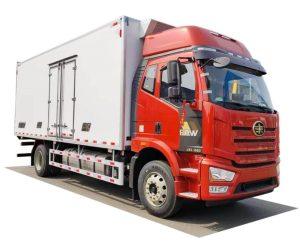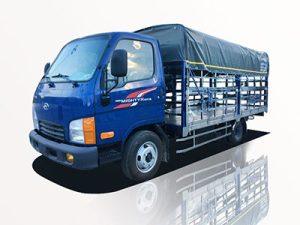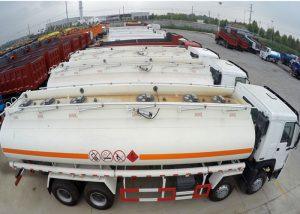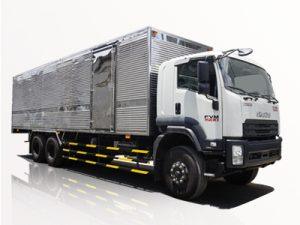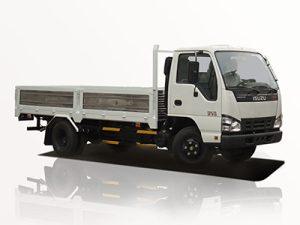Monday to Saturday - 8:00 -17:30
Understanding the Fuel Tank Bed of a Truck: A Comprehensive Guide
Introduction
The fuel tank bed of a truck is a crucial component that often goes unnoticed until problems arise. Understanding its function, design, and maintenance can lead to better performance and longevity of the vehicle. This article aims to provide an in-depth look at the fuel tank bed of a truck, covering everything from its construction to common issues and maintenance tips. Whether you’re a truck owner, a mechanic, or someone curious about automotive technology, this guide will equip you with valuable insights.
1. What is the Fuel Tank Bed of a Truck?
The fuel tank bed is the section of a truck where the fuel tank resides, typically located underneath the bed of the truck. It is designed to securely house the fuel tank, protecting it from external damage and environmental elements. Proper design and placement of the fuel tank are critical for the truck’s balance and overall safety.
1.1 Importance of the Fuel Tank Bed
The fuel tank bed serves multiple purposes:
- Protection: It shields the fuel tank from road debris and impacts.
- Safety: A well-installed fuel tank minimizes the risk of leaks and explosions.
- Accessibility: The design allows for easy access for maintenance and replacement.
2. Construction of the Fuel Tank Bed
The fuel tank bed is typically constructed from durable materials to withstand exposure to fuel and road conditions. Common materials include:
- Steel: Known for its strength and resistance to damage.
- Aluminum: Lightweight and corrosion-resistant, making it an excellent choice for longer vehicles.
- Plastic: Sometimes used for its resistance to rust and ease of shaping.
2.1 Design Considerations
Several factors influence the design of a fuel tank bed:
- Weight Distribution: The placement affects the truck’s center of gravity.
- Ease of Replacement: The design should facilitate easier access to the fuel tank for repairs.
- Environmental Factors: The bed must protect against corrosion and weathering.
3. Types of Fuel Tanks
Fuel tanks come in various types depending on the truck model and specific needs:
| Type | Description |
|---|---|
| Single Tank | Most common in standard trucks, holds all the fuel in one compartment. |
| Dual Tank | Used for long-distance hauling, provides extended range with two separate tanks. |
| Auxiliary Tank | Additional tank for extra fuel storage, often used in combination with a primary tank. |
4. Common Problems with Fuel Tank Beds
Like any other vehicle component, fuel tank beds can encounter various issues. Understanding these can help prevent major repairs:
4.1 Leaks
Fuel leaks can occur due to physical damage or corrosion. Regular inspections can help detect signs of leaking.
4.2 Rust and Corrosion
Metal fuel tanks can develop rust over time, especially if exposed to moisture or harsh conditions. Prevention techniques include regular cleaning and applying protective coatings.
4.3 Structural Damage
Physical impacts, such as running over road debris, can cause structural damage to the fuel tank bed, affecting its ability to hold the tank securely.
5. Maintenance Tips for Fuel Tank Beds
Proper maintenance can extend the life of the fuel tank bed and prevent costly repairs. Here are some effective maintenance tips:
5.1 Regular Inspections
Conduct routine checks for signs of leaks, rust, and structural damage. This is especially important before long trips.
5.2 Cleanliness
Keeps the fuel tank and surrounding area clean to prevent moisture accumulation and protect against corrosion.
5.3 Professional Servicing
If any issues are detected, consult a professional mechanic for servicing and repairs immediately.
6. Practical Examples and Case Studies
Examining real-world cases can provide valuable insights into the importance of the fuel tank bed:
6.1 Case Study: Fleet Maintenance
A trucking company that regularly monitored and maintained their fuel tank beds was able to reduce fuel costs by preventing leaks and maximizing fuel efficiency.
6.2 Example of a DIY Replacement
Learn how a truck owner successfully replaced their damaged fuel tank with minimal professional assistance, saving on repair costs while ensuring safety standards were met.
7. Fuel Tank Bed Innovations
With advancing technology, the fuel tank bed is evolving. Future innovations may include:
7.1 Composite Materials
Composite materials that are lighter and more durable than traditional metals could be adopted for improved fuel efficiency.
7.2 Smart Tanks
Integration of sensors to monitor fuel levels and detect leaks in real-time may become standard in modern trucks.
8. FAQs
8.1 What is the average lifespan of a truck fuel tank?
The average lifespan is typically between 10 to 15 years, depending on usage, maintenance, and material quality.
8.2 Can I replace my truck’s fuel tank myself?
Yes, with the proper tools and knowledge, DIY replacement is possible. However, professional assistance is recommended to ensure safety and compliance with regulations.
8.3 How can I tell if my fuel tank is leaking?
Signs of a leak may include fuel odors, stains on the ground under the truck, or a drop in fuel levels without usage.
8.4 What are signs of corrosion in a fuel tank bed?
Signs include rust spots, flaking paint, or any weak areas that can be physically pressed in by hand.
8.5 How often should I clean my fuel tank?
Cleaning should be performed at least once a year or more frequently if you notice contamination or debris in the tank.
8.6 Are there any additives that can help prevent rust in fuel tanks?
Yes, there are fuel additives available that can help reduce corrosion and promote cleanliness in fuel systems.


